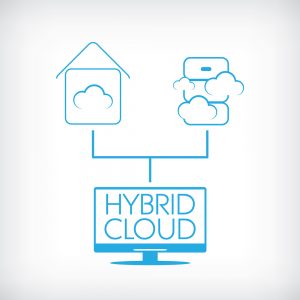
Hybrid cloud has seen a sharp rise in interest over the past few years, due to the limitations and ‘lock-in’ effect of having a single cloud provider.
More businesses than ever are moving to the cloud, but the transition can be difficult for some. In a recent IDC survey, 85 percent of respondents said they would be moving some cloud-based workloads back on-premises.
One of the major transition issues is identifying the business goals of moving to the cloud. Public cloud providers have a broad range of services but lack the personal touch. Businesses that use legacy applications have regulations on data hosting or require full control are better suited with a hybrid cloud solution, according to Nutanix.
SEE ALSO: Continuous Intelligence Apps Benefit from Cloud-Native Architectures
Hybrid cloud has seen a sharp rise in interest over the past few years, due to the limitations and ‘lock-in’ effect of having a single cloud provider. This has led to many public cloud operators creating multi-cloud and hybrid cloud solutions, to let businesses move at their own pace and build their own cloud ecosystems.
While administrative and managerial output can be conducted on the cloud, utilizing artificial intelligence and machine learning systems, some systems need to remain on-premise. With a private cloud solution, this can be achieved, while having all operations on a single digital platform.
“Nutanix software allows IT organizations to standardize upon a software-defined infrastructure that is simple to acquire, deploy, manage, and scale-out as business needs grow, without sacrificing reliability and security,” said the Nutanix white-paper. “Nutanix solutions deliver applications, services, and data at any scale, with advanced automation and self-service capabilities.”





























